I am trying to find a command line way to detect uninstalled drivers in device manager, I need a way to detect if there are items under "other devices" as shown below screen shot
- 1,193
- 6
- 15
- 26
2 Answers
Couple out of the box (mostly) options here;
Command Prompt (Admin)
C:\> wmic path win32_pnpentity where ConfigManagerErrorcode!=0 get * /format:list
Powershell
PS C:\> Get-WmiObject Win32_PNPEntity | where {$_.status -ne "OK"} | fl
Using the properties from the above results, you can customise the output;
C:\> wmic path win32_pnpentity where ConfigManagerErrorcode!=0 get pnpclass,name,status /format:list
PS C:\> Get-WmiObject Win32_PNPEntity | where {$_.status -ne "OK"} | ft pnpclass,name,status -AutoSize
Note No pipe on the wmic example.
You can get more information about output formats using;
C:\> wmic path win32_pnpentity where ConfigManagerErrorcode!=0 get * /format /?
and
PS C:\> get-help format
Update:
In regards to listing specifically "uninstalled" devices (your post addressed both "other" and "uninstalled" devices, which are technically different), have a read of the microsoft class description for win32_pnpentity,
https://msdn.microsoft.com/en-us/library/aa394353(v=vs.85).aspx
Properties The Win32_PnPEntity class has these properties.
......
Other (1)
Unknown (2)
Running/Full Power (3)
...
Not Installed (11)
...
- 5,552
- 2
- 22
- 27
-
None of those answers actually address the question. As shown in OP picture those devices are not recognized on `status` as *not ok*. They can be either. – not2qubit May 11 '23 at 15:46
Here is the correct way to find problem devices that show up in Windows Device Manager with a question sign under "Other devices".
First thing to note is that these devices are not really problem devices, only that they have not been assigned a classGuid. The tricky part is that powershell doesn't seem to like empty ("") strings in the test, so you need to use the Null test: [string]::IsNullOrEmpty($_.ClassGuid),like this.
Get-WmiObject Win32_PNPEntity | Where-Object{[string]::IsNullOrEmpty($_.ClassGuid) } |Select-Object Name,Present,Status,DeviceID |Sort-Object Name
With Output:
Name Present Status DeviceID
---- ------- ------ --------
True OK HTREE\ROOT\0
Airoha_APP True OK BTHENUM\{8901DFA8-5C7E-4D8F-9F0C-C2B70683F5F0}_VID&0002054C_PID&0D58\7&2CE6D2A4&0&F84E17E86153_C00000000
Amazon Alexa True OK BTHENUM\{931C7E8A-540F-4686-B798-E8DF0A2AD9F7}_VID&0002054C_PID&0D58\7&2CE6D2A4&0&F84E17E86153_C00000000
PS. I leave it as an exercise to filter out the ROOT hub. Which is a kind way of saying I'm too lazy to do it myself.
For a slightly different list including Non present and/or with unknown status, try this:
Get-PnPDevice | Where-Object{[string]::IsNullOrEmpty($_.ClassGuid) } | Select-Object FriendlyName,Present,Status,DeviceID | Sort-Object FriendlyName
- 14,531
- 8
- 95
- 135
